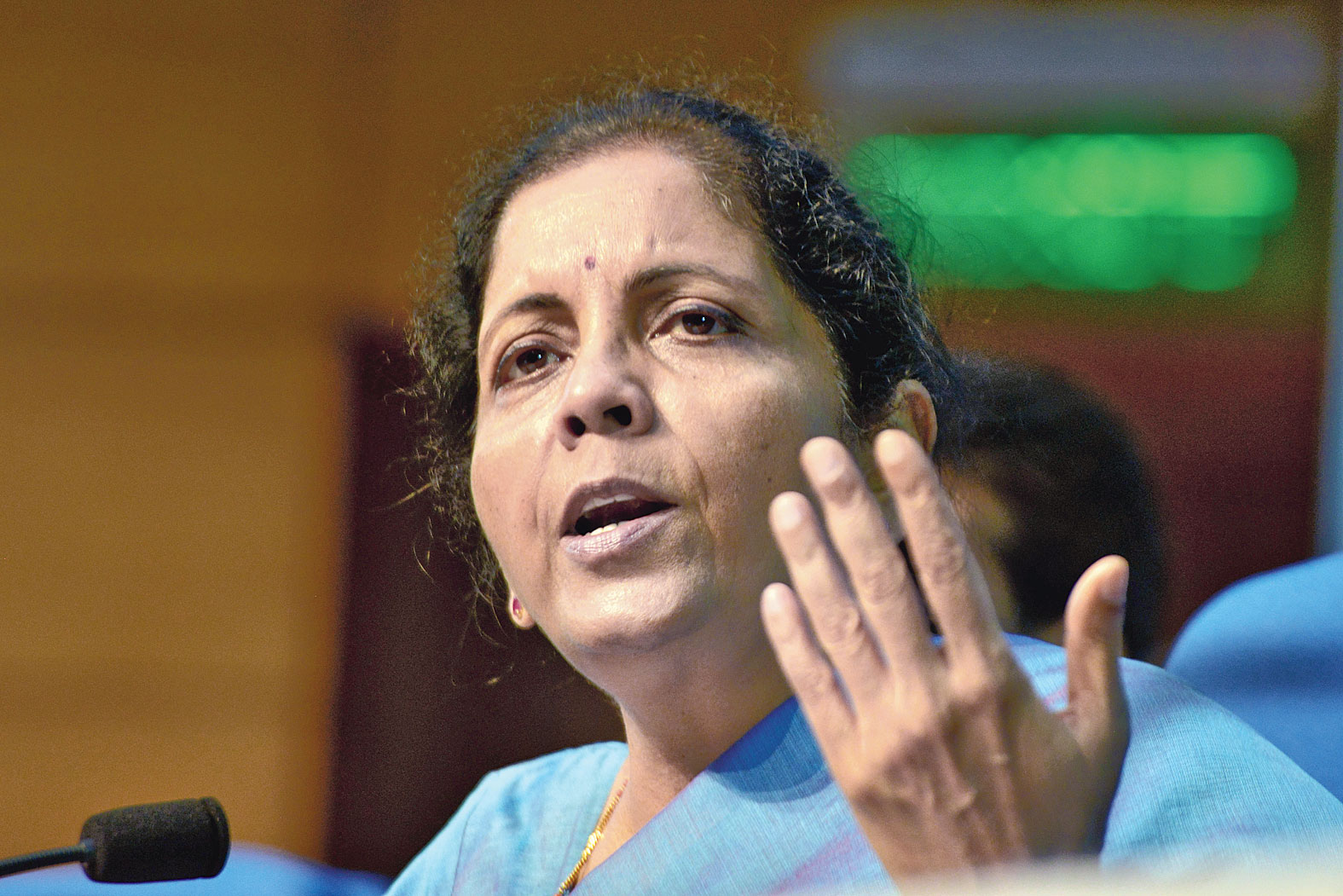The January date for the new scheme announced by the government to replace the existing Merchandise Export Incentive Scheme (MEIS) will help exporters gradually move to the new system.
The existing incentives under MEIS as well as the old ROSL will continue till December 31, 2019.
Textiles and all other sectors, which currently enjoy incentives up to 2 per cent over MEIS, will transit into the new scheme — Remission of Duties or Taxes on Export Product (RoDTEP) — from January 1, 2020.
In effect, RODTEP will more than adequately incentivise exporters than the existing schemes put together. The government anticipates foregoing a revenue amount of Rs 50,000 crore.
The MEIS scheme that offers incentives of 2-5 per cent has come under scrutiny as it is not WTO-compliant. The US has already filed a complaint with the WTO against MEIS and similar export promotion schemes offered by India.
The WTO does not allow any country, which has attained a per capita gross national product (GNP) of more than $1,000 for three consecutive years, to give export sops. India had breached the threshold in 2015.
While the exporters await more clarity on the rates under the new scheme, they have welcomed the decision to introduce a globally-compliant scheme that also covers embedded costs such as duty on electricity and petroleum.
“The announcements will boost the morale of exporters. The rates of the scheme should be commensurate and compensate various cost disadvantages and unrebated taxes and should be announced at the earliest so that the exporters can freeze their business strategy,” said Sanjay Budhia, chairman of CII’s national committee on exports and imports.
Exports have declined 6 per cent to $26.13 billion in August over the year-ago month.
The insurance cover under the Export Credit Insurance Scheme has also been enhanced, providing comfort to banks in giving loans to exporters, especially the MSMEs.
The government also said there would be effective monitoring of export financing by the commerce department and a fully automated electronic refund route will be set up for input tax credit in GST to help exporters. The refund module is expected to be implemented by the end of this month.
Sitharaman said technology will be further leveraged by timely completion of ongoing initiatives to further reduce the “time to export” through seamless process digitisation of all export clearances (at the port, airport and by the Customs).
The government also announced a measure for exporters to exploit duty benefits under the free trade agreements (FTAs) India has inked with different countries. For the purpose, an FTA Utilisation Mission, headed by a senior officer in the department of commerce, will be set up.
Moreover, an online “origin management system” will be launched over the next few weeks by the DGFT to enable exporters to obtain certificates of origin.
The commerce department will set up a working group on standards, which will work with industry to lay down a roadmap for timebound adoption of all technical standards.
“We had a long standing demand for input tax credits to be available online because it was all manual. The standardisation of international product will help and we will work very closely with the government,” EEPC chairman Ravi Sehgal said.
The government also plans to help the handicrafts industry log into e-commerce portals for seamless exports.










